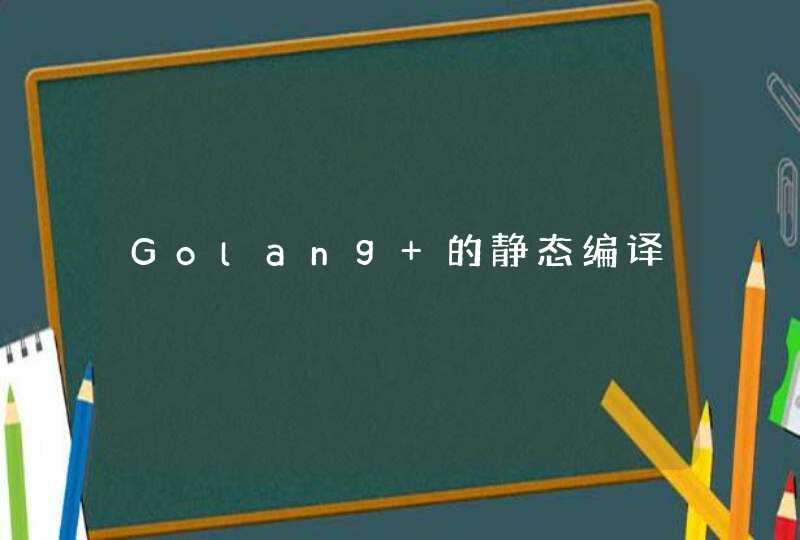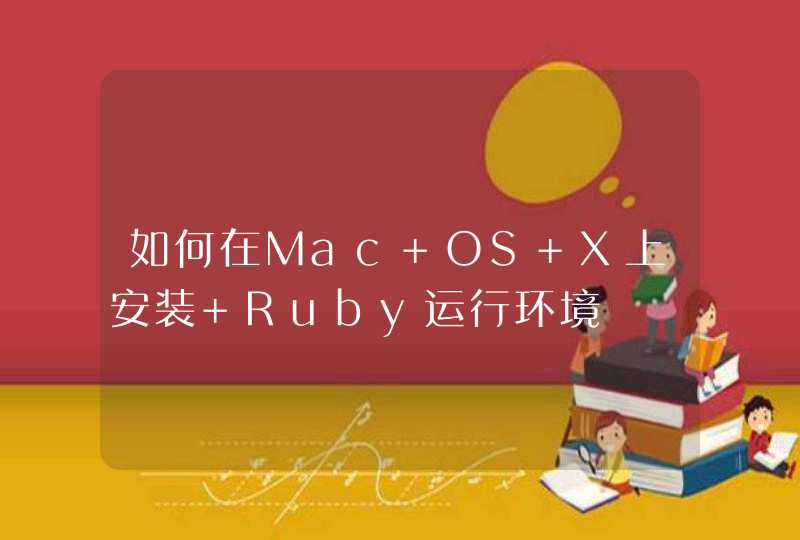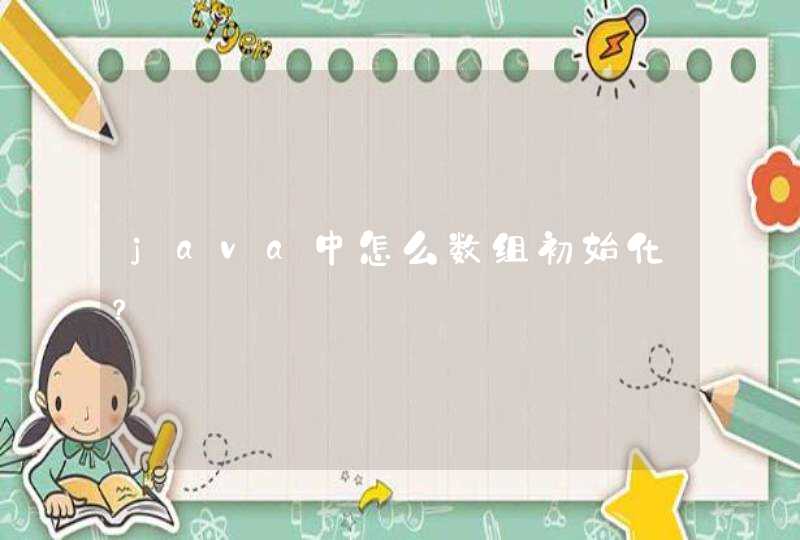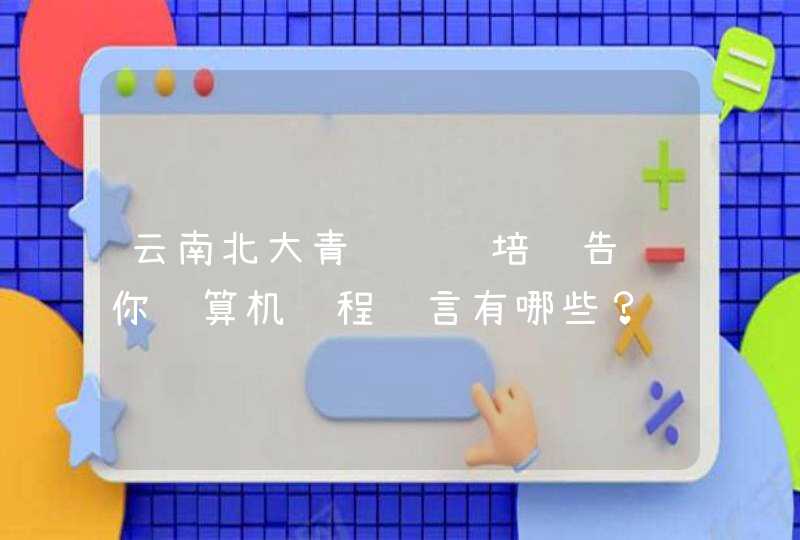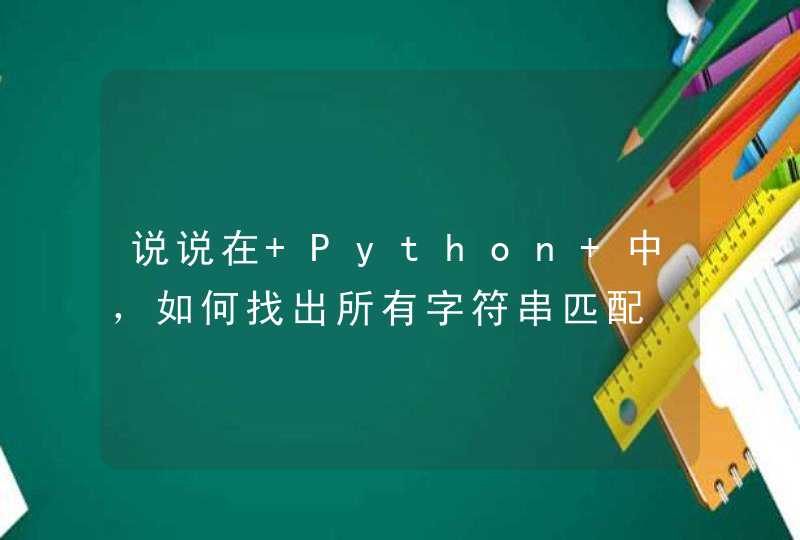
如果是java5的话,那么Java5新增了Callable接口获得线程的返回值,用法如下
package com.ronniewang
import java.util.concurrent.Callable
import java.util.concurrent.ExecutionException
import java.util.concurrent.ExecutorService
import java.util.concurrent.Executors
import java.util.concurrent.Future
public class GetReturnValueFromCallable {
private static final int SLEEP_MILLS = 3000
private static final int SECOND_MILLS = 1000
private static int sleepSeconds = SLEEP_MILLS / SECOND_MILLS
ExecutorService executorService = Executors.newCachedThreadPool()
/**
* 在创建多线程程序的时候,我们常实现Runnable接口,Runnable没有返回值,要想获得返回值,Java5提供了一个新的接口Callable
*/
public static void main(String[] args) {
new GetReturnValueFromCallable().testCallable()
}
private void testCallable() {
/**
* Callable需要实现的是call()方法,而不是run()方法,返回值的类型有Callable的类型参数指定,
* Callable只能由ExecutorService.submit() 执行,正常结束后将返回一个future对象
*/
Future<String> future = executorService.submit(new Callable<String>() {
public String call() throws Exception {
Thread.sleep(SLEEP_MILLS)
return "I from callable"
}
})
while (true) {
/**
* 获得future对象之前可以使用isDone()方法检测future是否完成,完成后可以调用get()方法获得future的值,
* 如果直接调用get()方法,get()方法将阻塞值线程结束
*/
if (future.isDone()) {
try {
System.out.println(future.get())
break
} catch (InterruptedException e) {
// ignored
} catch (ExecutionException e) {
// ignored
}
}
else {
try {
System.out.println("after " + sleepSeconds-- + " seconds, we will get future")
Thread.sleep(SECOND_MILLS)
} catch (InterruptedException e) {
// ignored
}
}
}
}
}
package com.ronniewang
import java.util.concurrent.Callable
import java.util.concurrent.ExecutionException
import java.util.concurrent.ExecutorService
import java.util.concurrent.Executors
import java.util.concurrent.Future
public class GetReturnValueFromCallable {
private static final int SLEEP_MILLS = 3000
private static final int SECOND_MILLS = 1000
private static int sleepSeconds = SLEEP_MILLS / SECOND_MILLS
ExecutorService executorService = Executors.newCachedThreadPool()
/**
* 在创建多线程程序的时候,我们常实现Runnable接口,Runnable没有返回值,要想获得返回值,Java5提供了一个新的接口Callable
*/
public static void main(String[] args) {
new GetReturnValueFromCallable().testCallable()
}
private void testCallable() {
/**
* Callable需要实现的是call()方法,而不是run()方法,返回值的类型有Callable的类型参数指定,
* Callable只能由ExecutorService.submit() 执行,正常结束后将返回一个future对象
*/
Future<String> future = executorService.submit(new Callable<String>() {
public String call() throws Exception {
Thread.sleep(SLEEP_MILLS)
return "I from callable"
}
})
while (true) {
/**
* 获得future对象之前可以使用isDone()方法检测future是否完成,完成后可以调用get()方法获得future的值,
* 如果直接调用get()方法,get()方法将阻塞值线程结束
*/
if (future.isDone()) {
try {
System.out.println(future.get())
break
} catch (InterruptedException e) {
// ignored
} catch (ExecutionException e) {
// ignored
}
}
else {
try {
System.out.println("after " + sleepSeconds-- + " seconds, we will get future")
Thread.sleep(SECOND_MILLS)
} catch (InterruptedException e) {
// ignored
}
}
}
}
}
输出结果:
after 3 seconds, we will get future
after 2 seconds, we will get future
after 1 seconds, we will get future
I from callable
把a定义成公共的,在thread里i++时,a也跟着++就行,,不过你的代码怎么构造出了好几个线程???如果这几个线程公用一个i变量,那么Thread1需要实现Runnable接口,而不是继承Thread类public class XianChengNew {
public static int a = 0
public static void main(String[] args) {
Thread1 t1 = null
t1 = new Thread1(a)
t1.start()
boolean flag = true
while (flag){
if ( !t1.isAlive()){
flag = false
}
}
System.out.println("Main a = " + a)
}
}
class Thread1 extends Thread {
private int i = 0
public Thread1(int i) {
super()
this.i = i
}
@Override
public void run() {
// super.run()
// for(int s = 0 s < 100 s++) {
add()
// }
}
synchronized void add() {
for (int c = 0 c < 5 c++) {
i++
XianChengNew.a++
System.out.println("i= " + i)
System.out.println("a= " + XianChengNew.a)
}
}
}




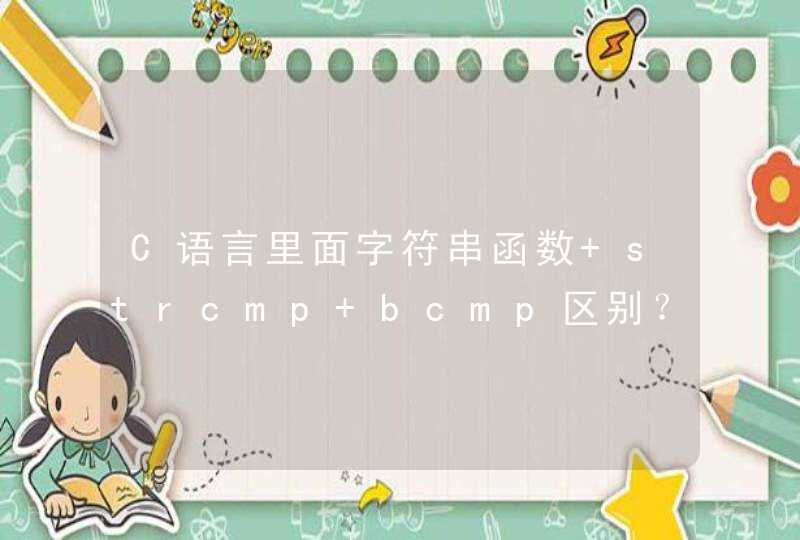

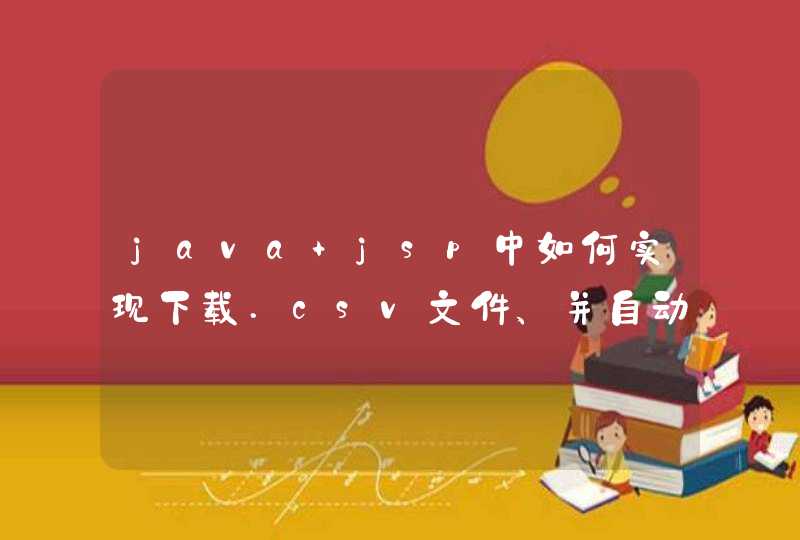


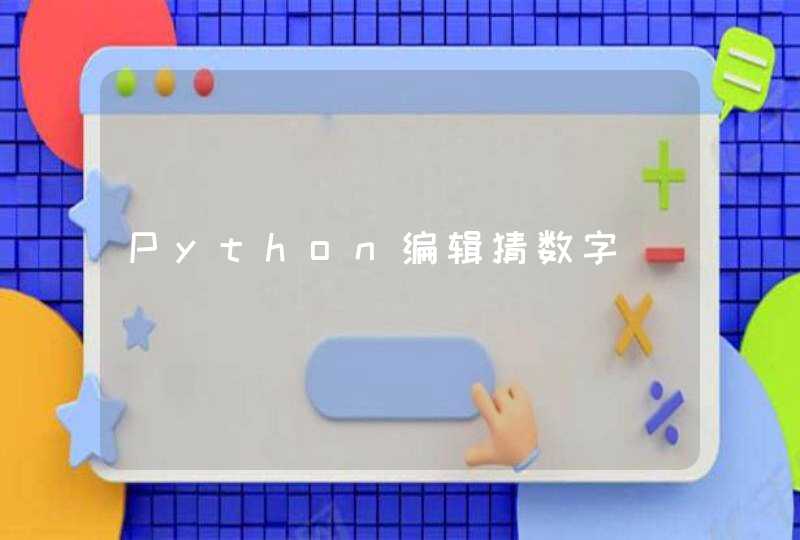










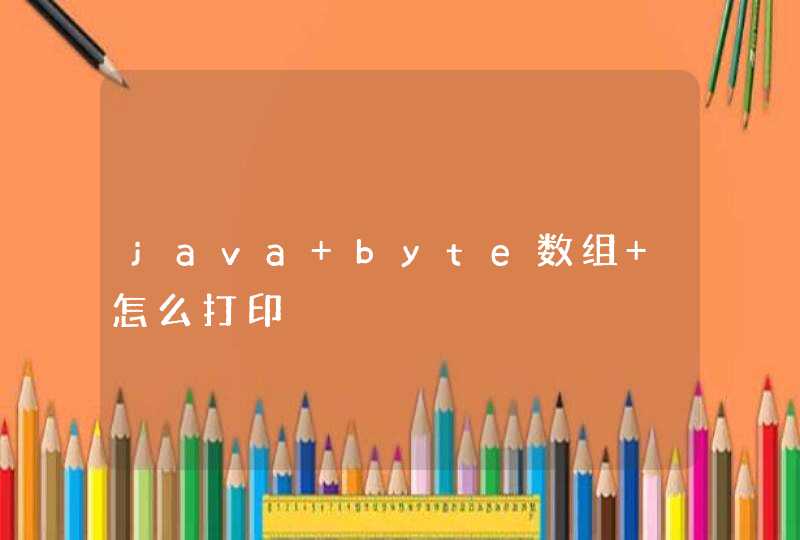














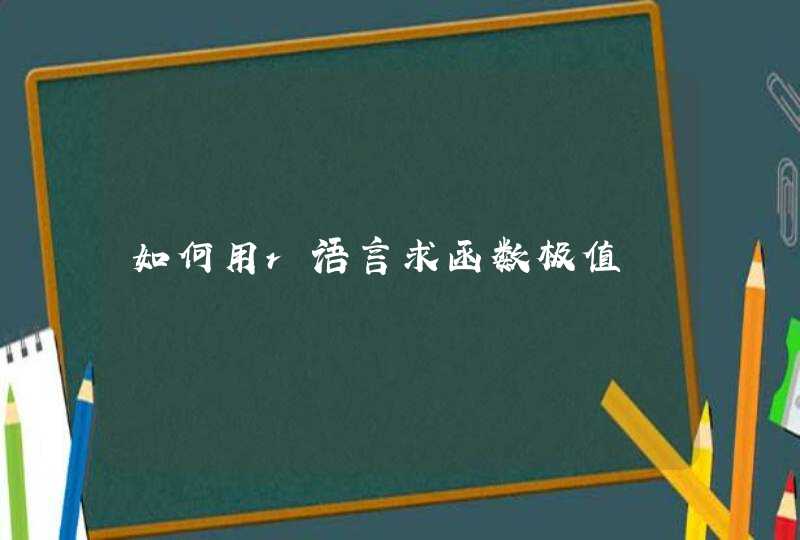

![R和Rstudio终端显示语言的更改[Windows]](/aiimages/R%E5%92%8CRstudio%E7%BB%88%E7%AB%AF%E6%98%BE%E7%A4%BA%E8%AF%AD%E8%A8%80%E7%9A%84%E6%9B%B4%E6%94%B9%5BWindows%5D.png)




